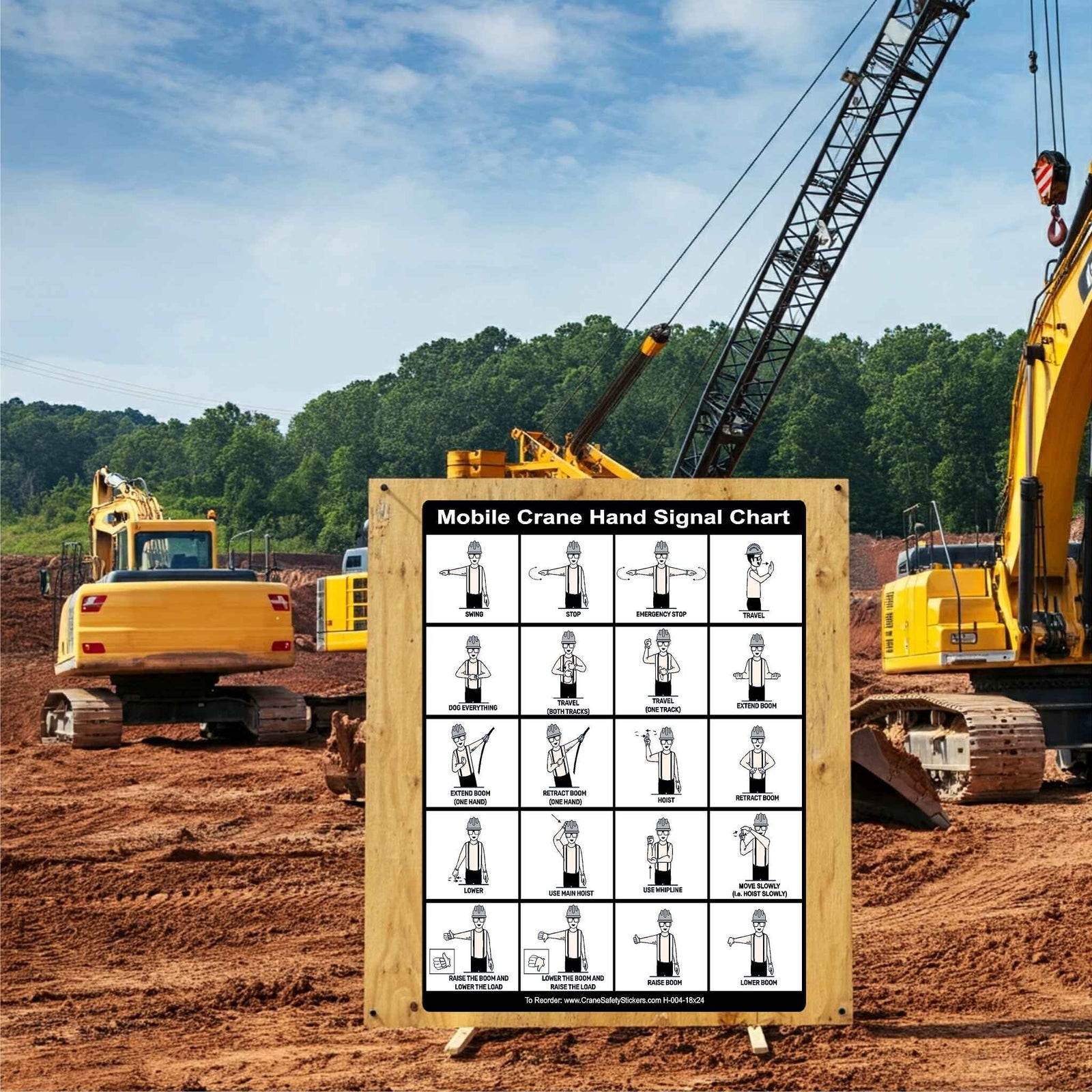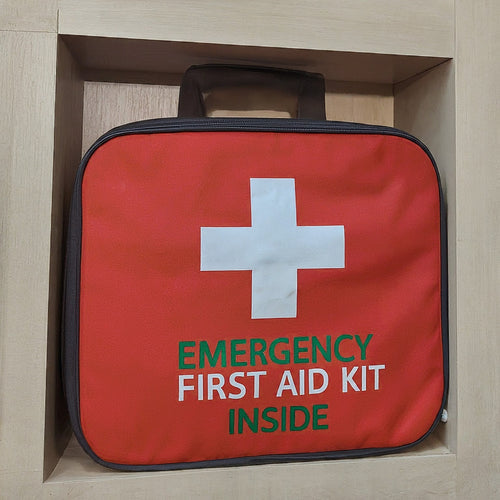Frequently Asked Hard Hat and Hard Hat Sticker Questions.
Can I Put Hard Hat Stickers or Decals on My Hard Hat?
Why Do I Need to Wear a Hard Hat?
What Do I Do With My Hard Hat If Something Falls on It?
Is There an Industry Standard for Hard Hats?
What Are the Ansi and CSA Head Protection Stand Testing Requirements?
How Can I Tell What Standards My Hard Hat Meets?
Can I Use a Different Shell With My Hard Hat Suspension System or Vice Versa?
How Long Will a Hard Hat Last?
Something Fell and Hit My Hard Hat, Do I Need to Replace It?
What Are the Things to Look for When Inspecting a Hard Hat?
Can I Wear Anything Under My Hard Hat?
Can I Put Hard Hat Stickers or Decals on My Hard Hat?
Most stickers are acceptable on most hard hats. Pressure sensitive, non-metallic stickers or tape with self-adhesive backing are acceptable.
DO NOT use stickers to cover up damage such as cracks, dents or anything that will deem the hard hat unusable. Keep stickers a half inch or more from the edge of the helmet so any cracks will show.
DO NOT apply metallic tape or stickers to you hard hat. This will cause the hard hat to fail the electrical test and make it more conductive.
NEVER paint a hard hat unless you get approval from the manufacturer.
Why Do I Need to Wear a Hard Hat?
A hard hat will protect you from potential head injuries. These injuries include but not limited to, head trauma caused by falling objects, bumping your head into stationary or moving objects such as water and gas pipes, beams, and crane hooks. Your head protection will also help protect against, heat, sun, UV Light, rain and snow.
What Do I Do With My Hard Hat If Something Falls on It?
If your hard hat has sustained an impact of any kind, toss it in the trash immediately. Even if the damage is not visible, the hard hat could have structural damage.
When Is a Hard Hat Required?
OSHA requires In standard number 1910.135 If the following conditions are present, head protection is required by the employer.
1. Objects might fall from above the employee and hit them on the head.
2. Employees are at risk of bumping their heads against objects such as pipes, scaffolding, beams etc.
3. Employees are at risk of contact of their head with electrical hazards.
Other organizations and countries may have additional requirements. A workplace hazard assessment before starting the job is a good way to start.
Is There an Industry Standard for Hard Hats?
The standard for hard hats can vary by region or country, the current standard in North America is American National Standards Institute or ANSI. The ANSI standard for head protection is Z89.1 and Canadian Standards Association or CSA. The CSA Standard for Protective headwear is Z94.1. Both Standards share the same class and type descriptions. This tells you what hard hat is required for your job. Check what standards each hard hat meets before purchasing.
Type 1. ANSI, Helmets are used to reduce the force of impact only on the top of the head. CSA, Helmets are used to provide penetration and impact protection on the crown of the head only (top portion of the head only).
Type 2. ANSI Helmets are used to reduce the force of impact to the top and sides of the head. CSA, Helmets are used to provide penetration and impact protection on the crown and laterally.
Class C. ANSI, Class C Helmets are NOT INTENEDED to provide electrical protection. CSA, Class C helmets DO NOT PROVIDE dielectric protection.
Class G. ANSI, Class G helmets are intended to help reduce the danger of contact with low voltage conductors. (proof tested to 2200 volts) CSA, Class G Helmets are non-conducting and require to pass a dielectric test of 2200 volts for 60 seconds. (dielectric strength is defined by the Canadian Standards Association as the ability of materials or configuration of materials to resist the passage of electric current.)
Class E. ANSI, Helmets intended to reduce the danger of higher voltage conductors proof tested at 20,000 volts. CSA, Headwear is non-conduction and is required to pass the dielectric strength test of 20,000 volts for 3 minutes.
What Are the Ansi and CSA Head Protection Stand Testing Requirements?
The Z89.1 ANSI Standard for head protection requires flammability, force transmission, apex penetration, and electrical insulation testing for all type I and type II hard hats. In addition for type II had hats the standard requires impact enery attenuation, off center penetration and chin strap tests. The manufacturer can choose to do optional tests such as reverse wearing, low temperature, and high visibility.
The Z94.1 CSA Standard tests for type I and Type II hard hats include, dielectric strength, impact attenuation, penetration resistance, passive retention, shell flammability and liner ignition resistance (only type II for lateral impact typically). Optional CSA tests are reverse orientation.
Both CSA and ANSI standards have requirements for pre conditioning. They test samples in various conditions such as hot and cold temps. The ANSI standard requires hot conditioning at 49 degrees Celsius and cold conditioning at -18 degrees Celsius. ANSI has an optional lower temperature of -30 Degrees Celsius. The CSA standard requires hot conditioning at 50 degrees Celsius and cold conditioning at -30 degrees Celsius.
How Can I Tell What Standards My Hard Hat Meets?
ANSI and CSA head protection standards require permanent markings or labels on hard hats.
American National Standards Institute standard labels. Name or identification mark of manufacturer, date of manufacture, ANSI/ISEA Z89.1, Applicable type, applicable class, approximate head size. Optional markings are, reverse donning, lower temperature and high visibility.
Canadian Standards Association, Standards Labels, Manufacturers identity, model designation, type, class, reverse orientation mark, year and month of manufacture, size or size range and user warning.
Both standards require instructions for use to be supplied with each hard hat. Make sure you read and review supplied instructions before using your hard hat.
Can I Use a Different Shell With My Hard Hat Suspension System or Vice Versa?
The hard hat manufacturer is responsible for conducting the ANSI and CSA tests for the components of a hard hat. The suspension and shell are tested as a unit to meet the ANSI and CSA standards. Sometimes a manufacturer will test suspension with other shells of the same manufacturer to ensure compatibility. Check with the manufacturer to make sure they are interchangeable. DO NOT mix suspensions and shells from different manufactures as they have not been tested to meet ANSI and CSA standards.
How Do I Clean My Hard Hat?
The best way to clean your hard hat is mild soap and water. This can be used on the shell and suspension by using a nonabrasive rag and rinsing the components thoroughly and wiping dry or letting air dry. For hard to remove dirt, sap, tar etc. that will not come off using the above method replacing the component is recommended due to the fact that harsh cleaners, solvents and abrasives can weaken the shell or suspension of your hard hat.
How Do I Store My Hard Hat?
Hard hats should be stored in an area that is protected from the following, direct sunlight, high heat, under any heavy object that can cause it to distort the shape, dirt, etc. Do not store next to high heat like furnace, ovens etc. Do not store in a vehicle dashboard or rear window where it will be in direct sunlight.
How Long Will a Hard Hat Last?
Hard hats will last differently depending on the use. Hard hats that are used in harsh environments like high sunlight, extreme temperatures will need replaced more frequently then hard hats used indoors. Daily inspections of you hard hat following your hard hat manufacturers replacement recommendations are the best way to determine if you need to replace your hard hat.
3M recommends the wearer replace the hard hat suspension at least every twelve months and the hard hat shell at least within five years depending on work environment. Inspect the hard hat, including the suspension and shell, prior to each use. Replace at first sign of wear. Refer to user instructions for proper installation and replacement of the suspension.
Something Fell and Hit My Hard Hat, Do I Need to Replace It?
If your hard hat sustained an impact replace it immediately! Once the hard hat sustains impact (even if it is not visible to the human eye) The hard hat can be weakened and may no longer provide the required protection.
The best way to dispose of a hard hat that has sustained an impact or is thought be be defective. Is to drill holes in the helmet or use a paint marker and write UNSAFE before disposing it. This will ensure that anyone that see it does not remove the helmet from the trash and put it back into use.
What Are the Things to Look for When Inspecting a Hard Hat?
First off, your hard hat should be inspected daily or before each use. The shell should be inspected for cracks, dents, cuts and gouges. The suspension of your hard hat should also be inspected before each use. Check for frayed straps, cracks, and tears in the plastic.
If you hard hat is exposed to chemicals, high heat or sunlight the shell may become dull or become less flexible. You can compare your hard hat against a new one for flexibility by flexing the brim of each. If your hard hat exhibits less flexibility replace immediately. Most have dates of manufacturer molded into the plastic. Check the date on the shell and suspension and replace as needed by recommendations of the manufacturer.
Can I Wear Anything Under My Hard Hat?
You can wear things suck as hoods, bandannas, and welders’ caps that do not contain metal. These items should be wore flat and smooth against the head so the hard hat suspension needs to be adjusted to provide a comfortable snug fit.
DO NOT wear baseball caps under your hard hat as they effect the suspension of your hard hat.





Leave a comment (all fields required)